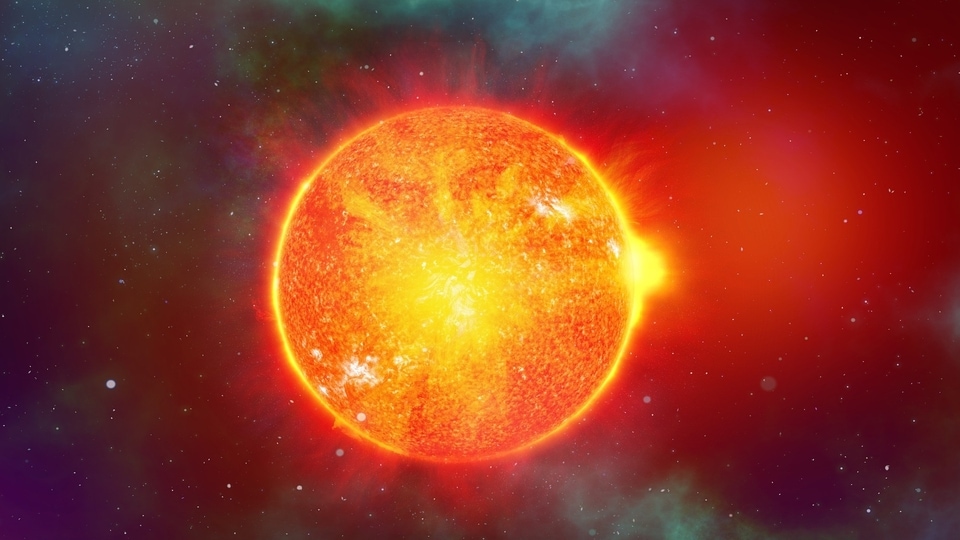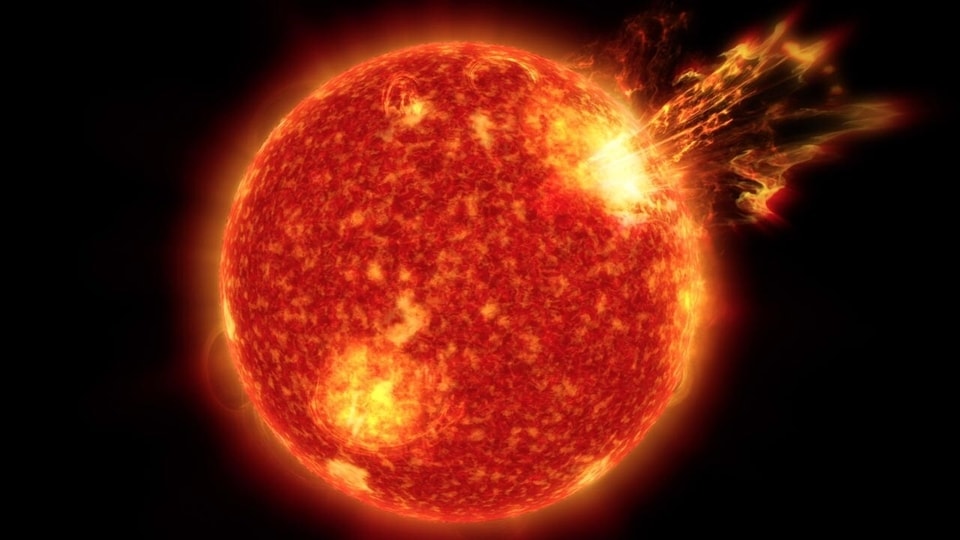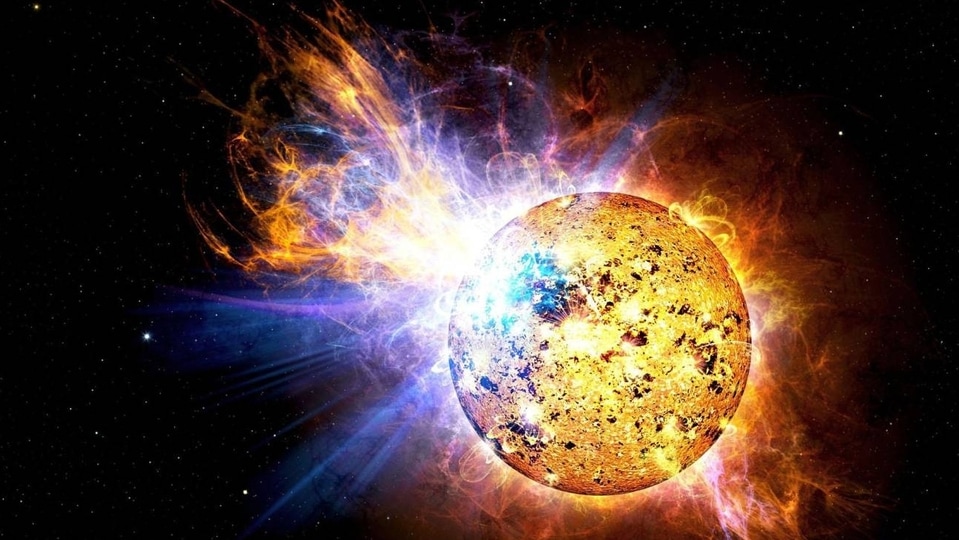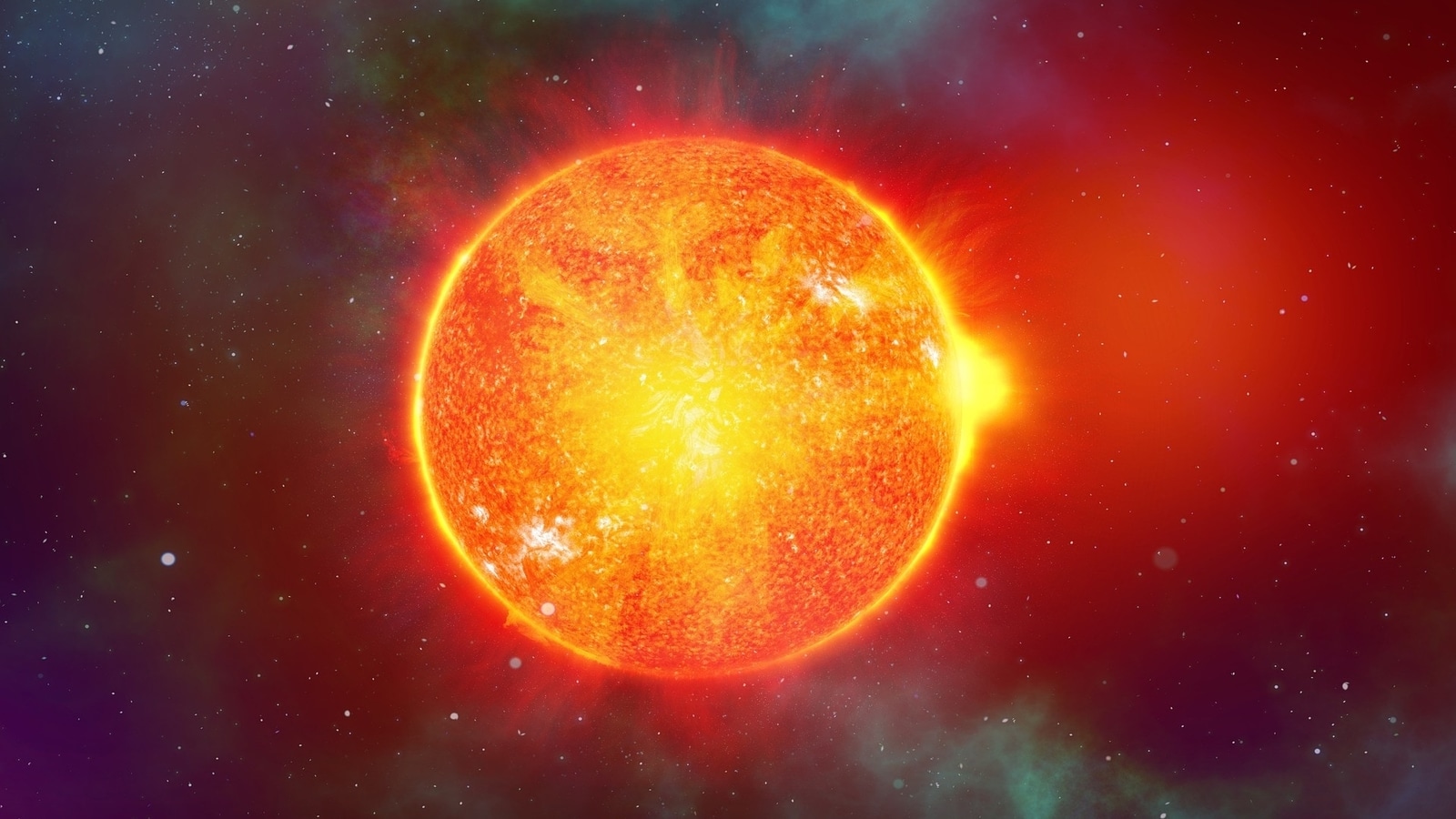Geomagnetic storm could be triggered by CME today, says NOAA
An approaching CME could hit Earth and spark a geomagnetic storm today, September 26, forecasters at the National Oceanic and Atmospheric Administration (NOAA) have revealed.






 View all Images
View all ImagesGeomagnetic storm today: NASA's Parker Solar Probe on September 5 recorded one of the most powerful Coronal Mass Ejections (CMEs) ever as it flew by the Sun. According to NASA, the CME hurled out interplanetary dust to about 6 million miles, which is one-sixth of the distance between the Sun and Mercury. Astonishingly, the dust floating around in space replenished it almost immediately. Guillermo Stenborg, an astrophysicist at the Johns Hopkins Applied Physics Laboratory (APL) who led this study said, “These interactions between CMEs and dust were theorized two decades ago, but had not been observed until Parker Solar Probe viewed a CME act like a vacuum cleaner, clearing the dust out of its path.”
In a separate development, forecasters at the National Oceanic and Atmospheric Administration (NOAA) have revealed that a CME is approaching Earth rapidly and could hit Earth soon, resulting in a geomagnetic storm.
Geomagnetic storm today
According to a report by spaceweather.com, a CME could deliver a glancing blow today, September 26. Just two days ago, another CME hit Earth and sparked rare red auroras. While no auroras have been predicted for today, today's CME could trigger a G1-class geomagnetic storm.
The report states,“ A geomagnetic storm watch is in effect for Sept 26th when another CME is expected to hit Earth's magnetic field. NOAA forecasters expect it to be a glancing blow producing only a minor G1-class storm.”
Solar flares threat
Interestingly, a CME impact is not the only space weather threat that is looming over Earth. According to NASA's Solar Dynamics Observatory, a sunspot named AR3435 has a 'beta-gamma-delta' magnetic field which could hurl out X-class solar flares towards the planet.
For the unaware, X-class solar flares can create radiation storms which have the potential to not only harm the satellites but also give small doses of radiation to the people flying in airplanes at the time! Moreover, these devastating flares can disrupt global communications and bring down the power grids to create blackouts.
If the X-class flares are too strong, they can result in loops that are ten times as big as Earth which leaps off the Sun's surface as the magnetic fields cross over, according to NASA. When these loops reconnect, they can produce as much energy as a billion hydrogen bombs!
One more thing! We are now on WhatsApp Channels! Follow us there so you never miss any updates from the world of technology. To follow the HT Tech channel on WhatsApp, click here to join now!
Catch all the Latest Tech News, Mobile News, Laptop News, Gaming news, Wearables News , How To News, also keep up with us on Whatsapp channel,Twitter, Facebook, Google News, and Instagram. For our latest videos, subscribe to our YouTube channel.





























